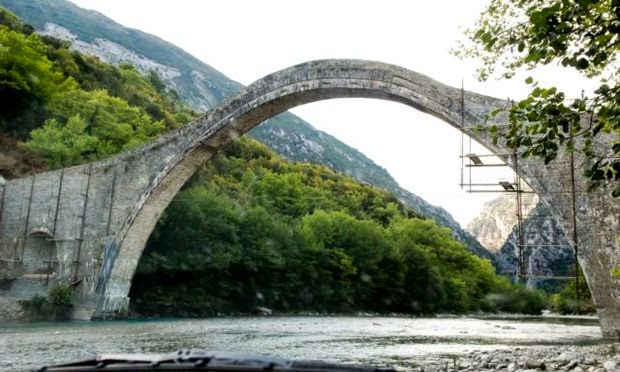Merry Wanderer of the Night:
Greece
Theseus Ring goes on display for the first time
Heritage: 2,607 ancient Greek coins repatriated from Germany
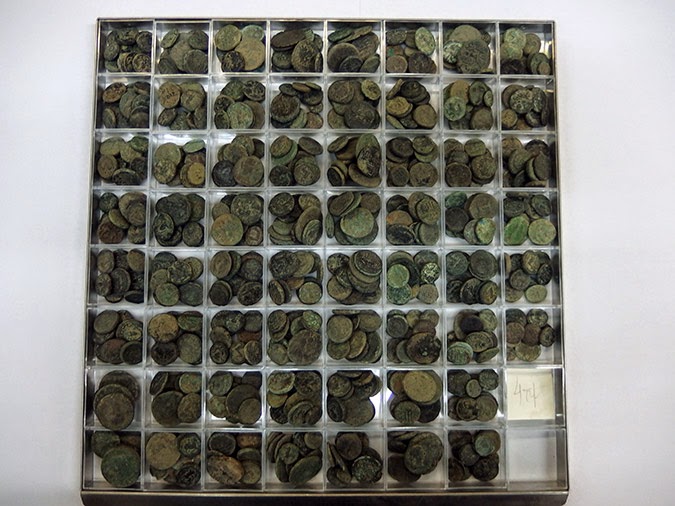
More Stuff: Delos museum construction plans approved
Heritage: Looted antiquities seized in northern Greece

UK: British Museum considers more ‘Elgin Marbles’ loans
More Stuff: Forbes: The British Museum should return the Parthenon Marbles to Greece

Heritage: Sanctuary of Asclepius in Epidaurus to get a makeover

More Stuff: Greece condemns British refusal of mediation on Parthenon sculptures

More Stuff: Britain dismisses UNESCO mediation offer on Parthenon Sculptures

Heritage: Limnos: Section of Medieval castle wall collapses

North America: Ancient coin collection resurfaces after 80 years

Southern Europe: British MP urges return of Parthenon marbles to Greece
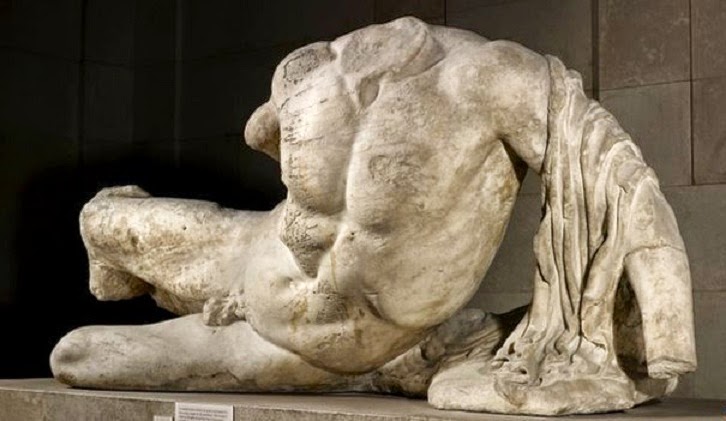
Southern Europe: Britain urged to begin talks on Parthenon marbles
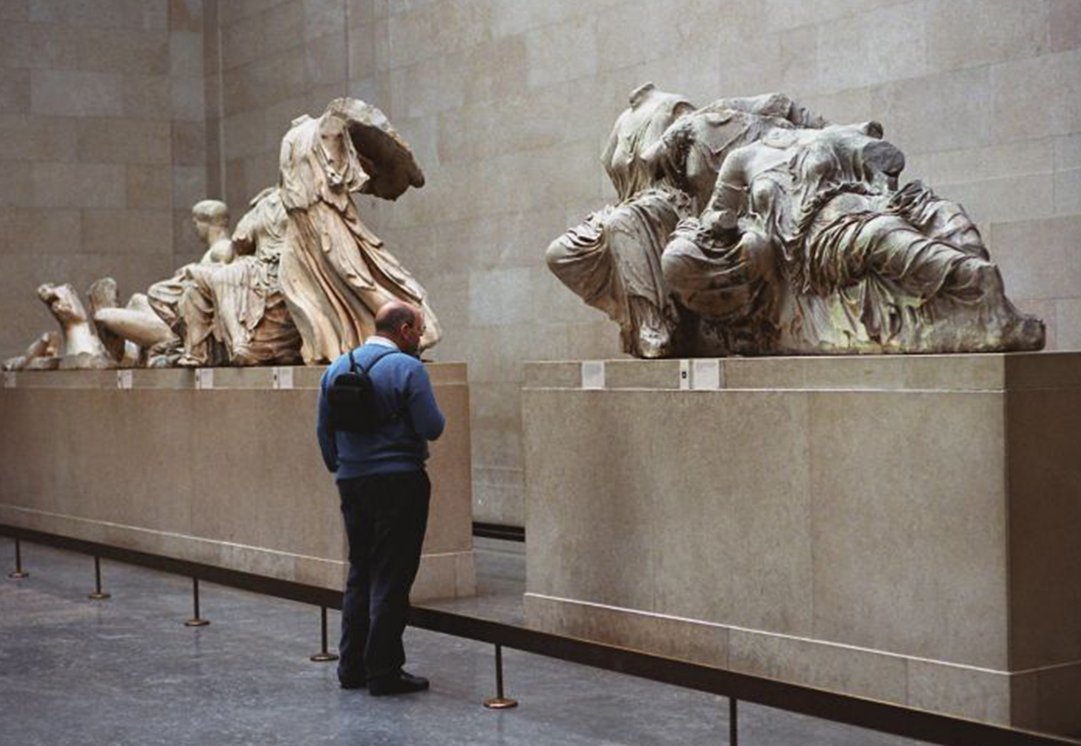
Heritage: Ancient Philippi to claim spot on UNESCO list

Heritage: Earls of Elgin: Serial looters of Athens and Beijing
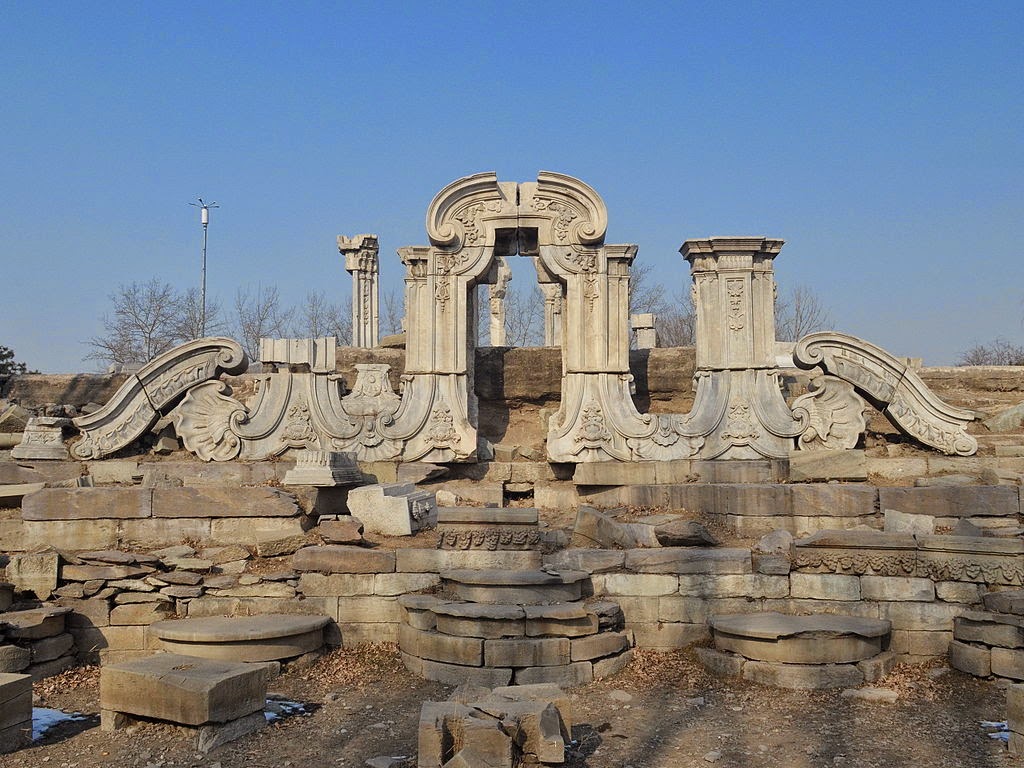
Heritage: Historic Greek bridge washed out by flood waters
